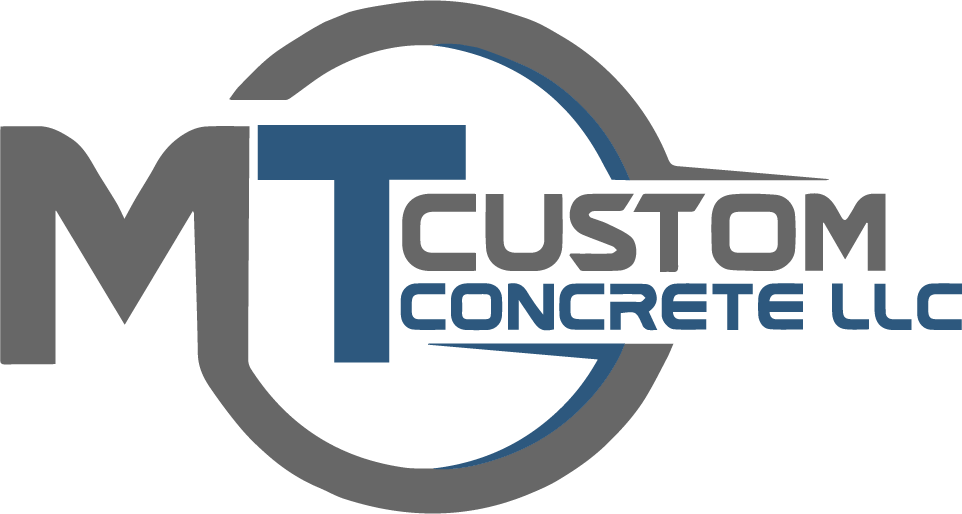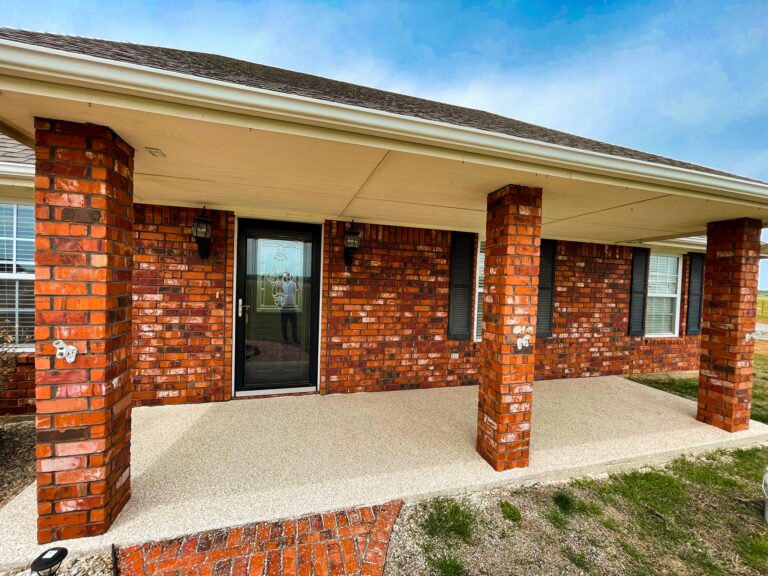When it comes to improving the look and longevity of your concrete surfaces, staining and sealing are two essential processes to consider. Concrete staining adds depth, character, and aesthetic appeal, while concrete sealing provides protection against damage and extends the lifespan of the surface. In this blog, we will explore the world of concrete staining and sealing, covering everything from the benefits and types of stains and sealers to the application process and maintenance tips.
Understanding Concrete Staining
What is Concrete Staining? Concrete staining is a process that involves applying color to a concrete surface to enhance its appearance. Unlike paint, which coats the surface, stains penetrate the concrete and react chemically, creating unique and natural-looking colors.
Types of Concrete Stains
1. Acid-based stains: Acid stains produce a variegated and mottled appearance. They react with the minerals in the concrete, creating rich, earthy tones.
2. Water-based stains: Water-based stains offer a wider range of color options and can produce both translucent and opaque finishes. They are more user-friendly and environmentally friendly compared to acid-based stains.
Benefits of Concrete Staining
1. Enhancing aesthetics: Stained concrete surfaces have a distinct and appealing look that can mimic the appearance of natural stone or marble.
2. Adding depth and character: Staining brings out the unique textures and patterns of the concrete, giving it a personalized and artistic touch.
3. Concealing imperfections: Stains can help mask blemishes, such as cracks or discoloration, making the surface look more uniform and visually pleasing.
The Process of Concrete Staining
1. Cleaning the surface: Ensure the concrete is free from dirt, oil, and other contaminants. Use a concrete cleaner and a pressure washer for best results.
2. Applying the stain: Follow the manufacturer’s instructions for applying the stain, either with a sprayer, brush, or roller. Start with a small test area to determine the desired color intensity.
3. Waiting and rinsing: Allow the stain to penetrate the concrete for the recommended time. Rinse off any excess residue and let it dry completely.
4. Neutralizing the acid-based stain (if applicable): If using an acid-based stain, neutralize the surface with a solution of baking soda and water to stop the chemical reaction.
5. Sealing the stained concrete: Apply a concrete sealer to protect the stained surface. Choose a sealer that complements the stain and meets your specific needs.
Concrete Sealing: Protecting Your Investment
Importance of concrete sealer services is crucial for maintaining its integrity and longevity. It offers several benefits:
1. Enhancing durability: A sealer provides a protective barrier against abrasion, wear, and tear, making the concrete more resistant to damage.
2. Preventing water damage: Sealing the concrete prevents water penetration, reducing the risk of cracks, freeze-thaw damage, and efflorescence.
3. Resistance to stains and chemicals: Sealed concrete surfaces are less likely to absorb stains from spills and are better protected against the damaging effects of chemicals.
Types of Concrete Sealers
1. Acrylic sealers: Acrylic sealers provide a glossy finish and are available in solvent-based and water-based formulations. They are popular for their ease of use and affordability.
2. Penetrating sealers: Penetrating sealers work by penetrating the concrete and forming a protective barrier. They are ideal for high-traffic areas and offer excellent resistance against moisture.
3. Epoxy sealers: epoxy flooring installation create a thick and durable coating that is highly resistant to chemicals, stains and abrasion. They are commonly used in industrial and commercial settings where maximum protection is required.
Factors to Consider When Choosing a Sealer
1. Traffic and usage: Consider the level of foot or vehicular traffic the concrete surface will endure. Select a sealer with the appropriate durability and resistance to wear and tear.
2. Climate and weather conditions: Take into account the climate in your region. Choose a sealer that can withstand extreme temperatures, UV rays, and moisture.
3. Desired appearance: Decide on the desired finish—whether glossy or matte—and select a sealer that can achieve the look you desire.
Concrete staining and sealing are powerful tools for transforming the look of your concrete surfaces while providing protection and longevity. By understanding the types of stains and sealers available, following the proper application process, and implementing routine maintenance, you can enjoy the benefits of beautifully enhanced and durable concrete. Whether it’s a patio, driveway, or interior floor, stained and sealed concrete offers a versatile and long-lasting solution for your aesthetic and functional needs. Embrace the possibilities and unlock the full potential of your concrete surfaces.

